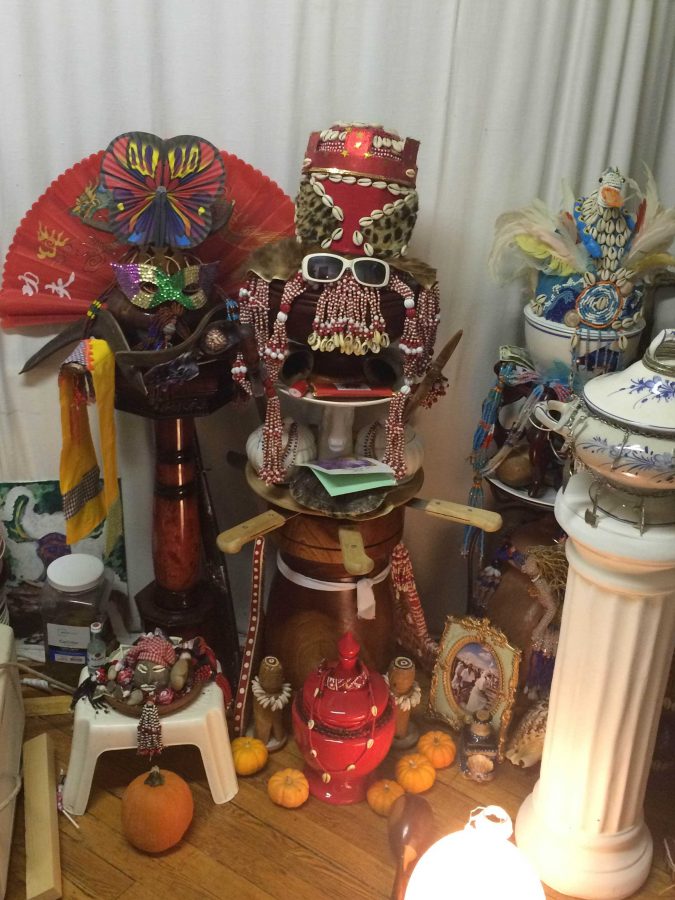By Katherine Guest—
Tall black curls swirl on a bonnet of collected human hair—usually called a wig—atop of a tight bun. Extravagant specs of silver sequins coherently intertwine into the silhouette of a black bustier covering real breasts. As a light blue, high-low skirt gently caresses the floor, ovaries and a uterus strut down the runway.
Alas! The drag culture is shifting from gay male drag queens to female drag queens. RuPaul hosts a show called “RuPaul’s Drag-U” which helps boost the self-esteem of insecure women who are undergoing a “dry-spell.” A dry spell could either refer to a female that is following the path of the Virgin Mary or one who is having trouble within their marriage and household. Drag-U gives females that fierce attitude which is portrayed in the drag culture.
Many women, who participate in the television series, a continuous make-over process, don’t necessarily wear gigantic wigs, sparkly corsets, and lip sync for their life. Okay, maybe they do, but by the end of the show, the persona of these individuals shines light through their fluorescent four inch stilettos. Drag shifts from a campy performance to an alter-ego for the soul. Then back to a train wreck of an amateur dance routine while family members and friends cheer in joy.
The New York Times describes the mainstream culture of women in drag as ‘odd.’ The shape of drag is changing rapidly. “First, drag was men borrowing — and often parodying — the most extreme womanly characteristics. Then female pop stars from Cher to Lady Gaga incorporated drag into their stage personas,” wrote Wesley Morris, film critic for the Boston Globe.
“Well, Cher is a drag queen. There’s no denying that. She’s just so plastic. There’s just no real bone in her body. She has to be younger than I am surgically,” said Steven Mezzacappa, 22, Fordham University student from Blauvelt, New York.
The question for the gay community is whether women dressing in flamboyant clothing will affect the drag culture?
Drag performer and gay community member Mezzacappa continued, “I can’t knock it because the founding fathers wore wigs and make-up. Now, do we consider them drag queens? I mean, Shakespeare had all men in his plays. The women roles were played by men.”
There are many suggestions of when the word “drag” was originated. The term “in drag” was coined from theatre slang in 1870 when women were prohibited to act on stage. Therefore, men portrayed the female role by wearing long skirts. According to Dictiornary.com, the words “in drag” mean wearing clothes of the opposite sex (mainly those of the female gender).
“Women, they are just women. They are not necessarily drag since drag is the illusion of becoming a woman. Women with exaggerated wigs are transforming from a woman to a woman. It’s a completely different thing.”




